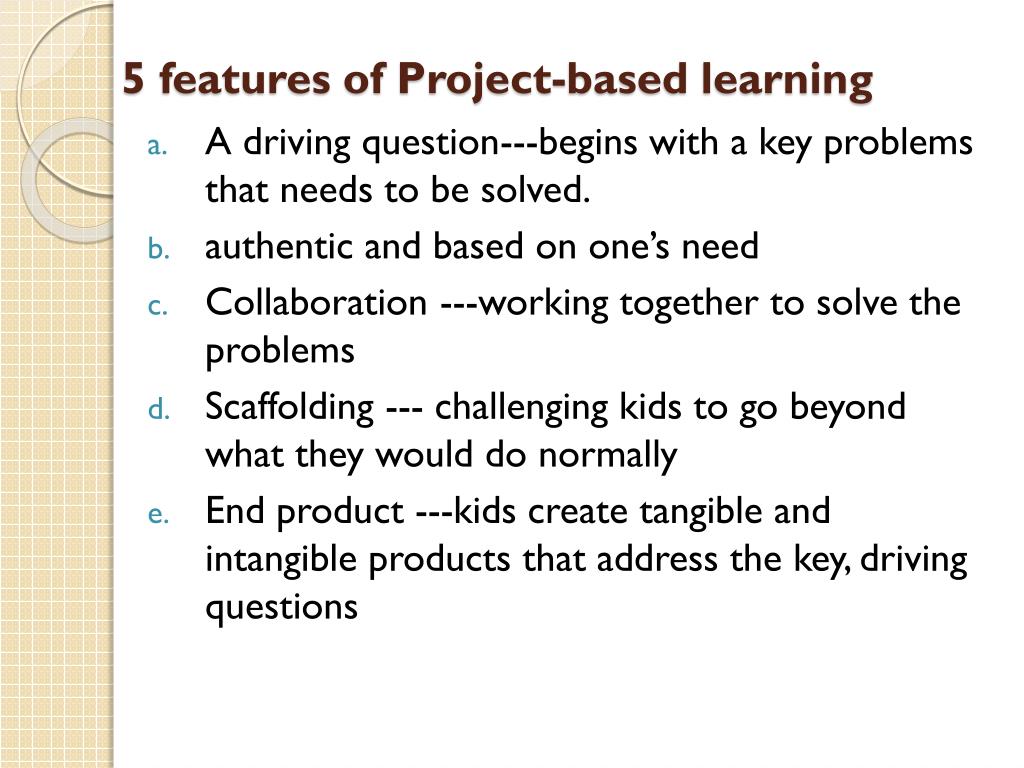
Save your narrated PowerPoint as a video and upload it to YouTube or Vimeo.
#Complex cognitive processes how to#
If you do not know how to create a narrated Narrated PowerPoint about your topic to engage students.

Plan a new presentation to teach the same topic that you critiqued in question one, using information processing strategies to teach the same topic in a more meaningful way. Plan New Work: Reflect upon the principles covered in this lesson, including strategies like elaboration, mnemonics, organization, imagery, context (and others).Please be specific in the PowerPoint or video that you are critiquing. Some things that you would do differently in order to teach the materialīased upon cognitive information processing theory? Using what you’ve learned about sensory memory, encoding, working memory, long term memory, procedural knowledge, etc., outline your selected PowerPoint or video and note where you see opportunities for improvement and what strategy you might use to improve it. Based on your recollections of what you observed, what are Critique Existing Work: Think about a PowerPoint presentation you have experienced inĪ class or a video that you were asked to watch outside of your classes.In the first three lines, did your friend remember more information from the beginning and ending of the line than the middle? What is this phenomenon called and what implications does this have for creating lesson plans?.Did your friend remember more pieces of information in the last three lines than the first three? Why do you suppose this is true? What things do teachers do that help us organize small bits of information into larger chunks?.About how many pieces of information was your friend able to remember from each of the first three lines? Do you see evidence of a limit to how much information working memory can hold?.Now, using the data you collected from your friend, answer these questions: You write down exactly what your friend says and submit it.ġ) 1, 8, 5, 4, 9, 2, 3, 6, 7, 0, 2, 5, 3, 9, 1Ģ) c, k, s, l, a, f, j, u, e, w, b, m, d, x, pģ) leaf, fence, stop, is, lamp, bird, street, tomato, the, open, walking, shirt, purple, cone, publicĤ) 0, 4, 8, 1, 2, 1, 6, 2, 0, 2, 4, 2, 8, 3, 2ĥ) g, r, e, e, k, d, i, c, t, i, o, n, a, r, yĦ) look, the, shaggy, dog, is, running, across, grass, toward, woman, open, arms, with, green, frisbee

Right after each line has been presented, ask your friend to repeat as many pieces of information as s/he can remember in order. There are 15 pieces of information in each line. Game 1: Show your friend one line of text at a time for 10-15 seconds (no more than 15 seconds for sure!). You will need a partner for this activity. It is divided into episodic memory and semantic memory. A permanent store of knowledge that can be declarative, procedural, and self-regulatory. Long term memory: holds the information that is well learned.This is the whole theoretical framework of structures and processes and short-term memory is just one component. This includes both temporary and active processing.

It is used to plan and carry out behavior. Working memory (sometimes used interchangeably with short term memory): the workbench.Short term memory: faculties of the human mind that can hold a limited amount of information in a very accessible state temporarily.Sensory Memory: the initial processing that transforms these incoming stimuli into information so we can make sense of them (large capacity but short duration).The human organism has been genetically prepared to process and organize information.There is a two-way flow of information as we try to make sense of the world around us.

A control mechanism is required to oversee the encoding, transformation, processing, storage, retrieval and utilization of information.Assumption of a limited capacity (the amount of information that can be processed is constrained).


 0 kommentar(er)
0 kommentar(er)
